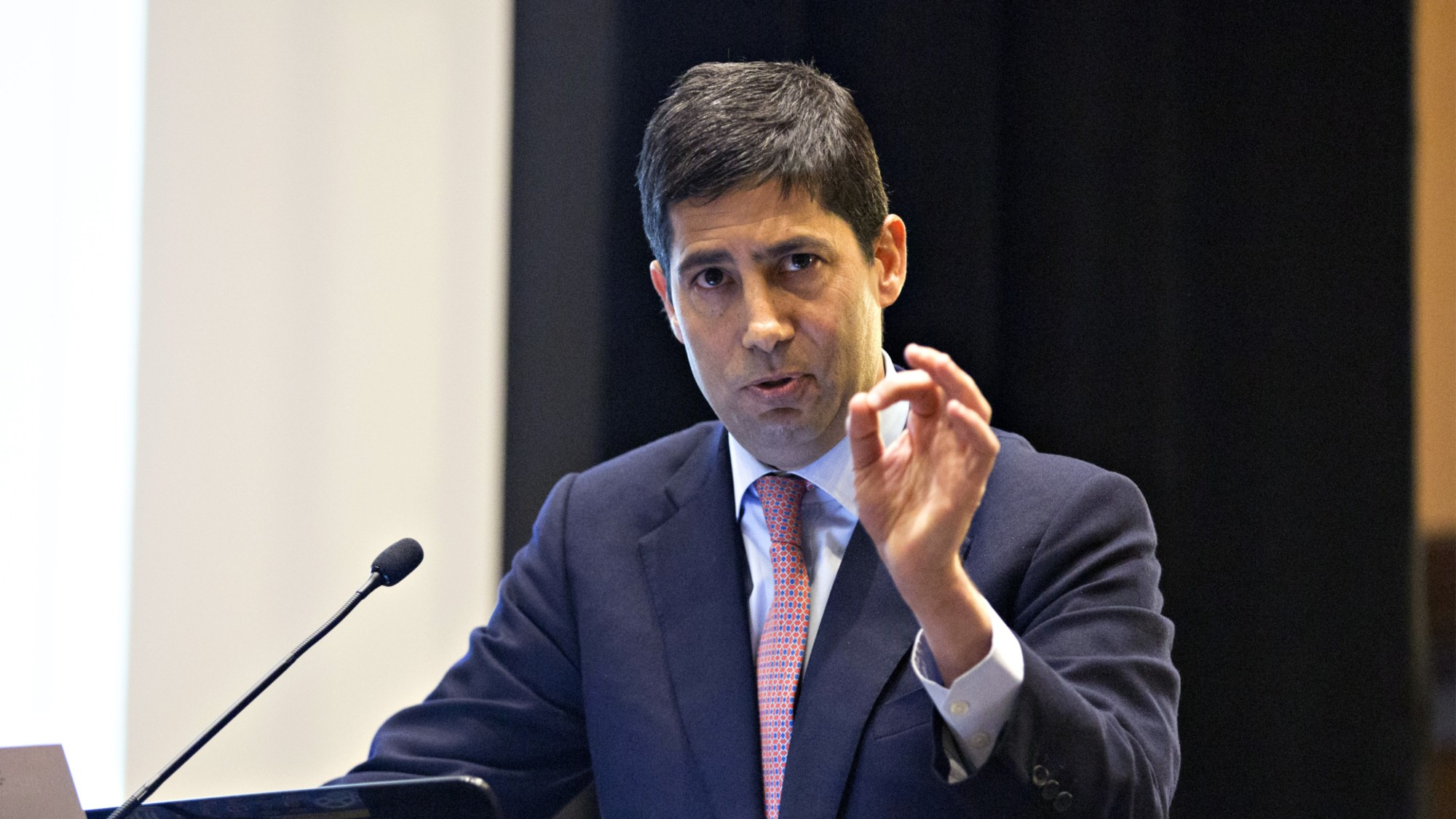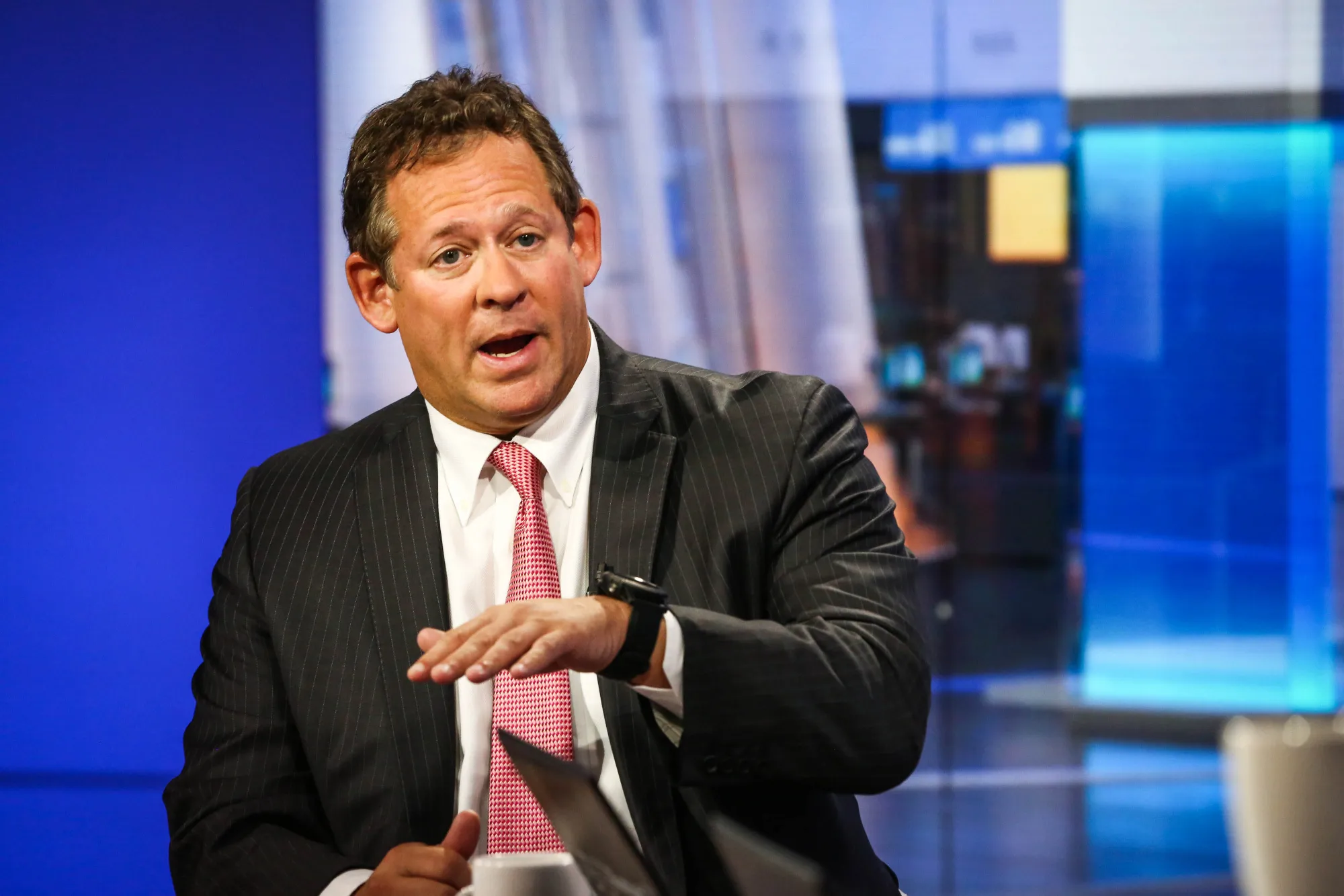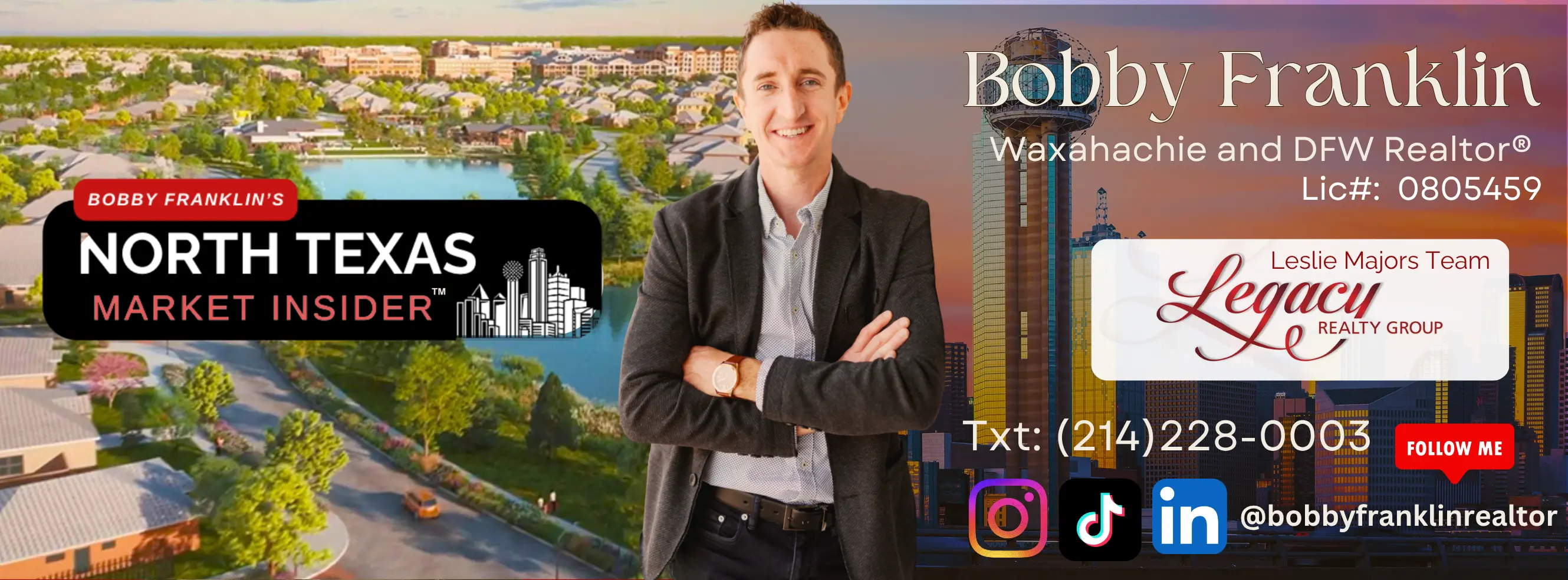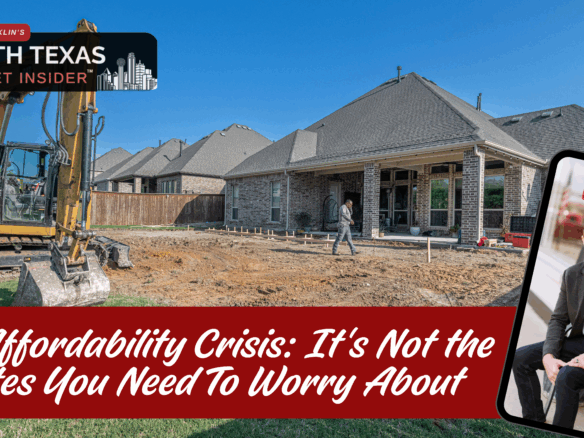Chaos is opportunity, and right now, the housing finance world is about to get very chaotic.
President Trump’s administration just dropped a 50-year mortgage proposal and is actively selecting a new Federal Reserve chair. Both moves could dramatically reshape what you pay monthly, and what you actually own at the end. Let’s break down the real story, because understanding this NOW puts you five steps ahead of everyone else.
The 50-Year Mortgage: What’s Actually Happening
On November 8, 2025, FHFA Director Bill Pulte confirmed they’re “working on The 50-year Mortgage, a complete game changer.” Trump compared this to FDR introducing the 30-year mortgage during the Great Depression. [1]
Here’s what they’re NOT telling you in the press releases:
Timeline Reality Check
This isn’t happening tomorrow. Current Dodd-Frank law caps “qualified mortgages” at 30 years. For 50-year loans to become mainstream, Congress needs to change the law. That means hearings, debates, amendments, we’re likely looking at late 2026 at the earliest for any real implementation. [2]
The Monthly Payment Math Everyone’s Talking About
Yes, stretching payments over 50 years lowers your monthly obligation. Here’s the actual impact for North Texas price points:
| Loan Amount | 30-Year (6.25%) | 50-Year (6.75%) | Monthly Savings |
|---|---|---|---|
| $400,000 | $2,463 | $2,331 | $132 |
| $500,000 | $3,079 | $2,913 | $165 |
That’s assuming 50-year rates are about 0.5% higher due to extended lender risk. Some analysts think they could be even higher.
Here’s What That $132 Monthly Savings Actually Costs You
This is where it gets painful. Let’s look at total interest over the life of the loan:
| Loan Amount | 30-Year Interest | 50-Year Interest | Extra You’ll Pay |
|---|---|---|---|
| $400,000 | $486,633 | $998,302 | $511,669 |
| $500,000 | $608,291 | $1,247,877 | $639,586 |
Read that again. On a $400,000 home, you’d pay over half a million dollars MORE in interest just to save $132 per month. That’s not a game changer, that’s a wealth destroyer.
The Real Problem Nobody’s Addressing
The 50-year mortgage only increases purchasing power by 8-10%. Compare that to the 34% boost when 30-year loans replaced 15-year options. This isn’t opening doors to homeownership, it’s creating a financial trap that looks like opportunity.
The DFW Reality:
- Equity builds at a glacial pace in the first 20 years(approx. 23%)
- You’re essentially renting from the bank with a purchase option
- Market downturn? You’re underwater instantly
- Want to move in 10 years? You have almost no equity to work with
And here’s the kicker everyone’s missing: extending affordability through longer terms historically INCREASES home prices, not decreases them. [3] Sellers and builders just raise prices to absorb the new “affordability.” You qualify for slightly more, but end up right back where you started, except now you’re committed for 50 years instead of 30.
The Equity Building Problem
Here’s what nobody’s showing you: your equity building timeline on a 50-year mortgage is glacial.
After 10 years of payments on a $400,000 loan:
- 30-year mortgage: ~$64,000 in equity (16%)
- 50-year mortgage: ~$31,000 in equity (7.75%)
You’re essentially renting from the bank with a purchase option. Want to move in 10 years? You have almost no equity to work with.
The Strategic 50-Year Mortgage Play (If You’re Going to Do This)
Look, I’m not saying 50-year mortgages are NEVER appropriate. But if you’re considering one, you need a bulletproof exit strategy.
The “Foot in the Door” Strategy
Here’s the ONLY scenario where a 50-year mortgage makes strategic sense:
You need to buy now due to life circumstances (relocation, family needs, lease ending, etc.) AND you have legitimate reason to believe your income will increase significantly within 5 years AND you commit to refinancing to a 30-year mortgage as soon as possible.
This treats the 50-year loan as a temporary bridge, not a permanent solution.
Your 5-Year Refinance Plan
This treats the 50-year loan as a temporary bridge, not a permanent solution.
Years 1-2: Stabilize and Build
- Make every payment on time
- Save $3,000-$5,000 for refinancing costs
- Track your home’s value
- Improve credit score if needed
Years 3-4: Position for Refinance
- Make extra principal payments when possible
- Monitor rate environment
- Build relationships with multiple lenders
Year 5: Execute
- Refinance to 30-year mortgage if rates are favorable
- If rates are still high, continue extra principal payments
The Math: Starting with $400,000 at 6.75% (50-year), after 5 years you refinance the remaining ~$379,000 to a 30-year at similar rate. Total interest saved vs staying in 50-year: ~$438,000.
Critical Success Factors:
- Income growth must be REAL (not hopeful)
- You must save refinancing costs
- Home value must stay stable
- Discipline to execute the plan
This strategy FAILS if you: treat it as permanent housing, don’t save for refinancing, experience income disruption, or lose discipline.
The Fed Chair Decision: This Actually Matters More
While everyone’s distracted by the 50-year mortgage circus, the REAL story is who Trump picks for Fed chair. This decision will impact mortgage rates far more than any new loan product.
Here are the finalists and what they mean for your monthly payment:
Kevin Warsh – The Aggressive Cutter

Wants fast, deep rate cuts and rapid Fed balance sheet reduction.
Potential Impact: Mortgage rates could drop 0.5-1.0% relatively quickly. On a $400,000 loan, that’s roughly $192/month in savings. This is real money, real fast.
Kevin Hassett – The Steady Hand

Background: Former Chairman of Council of Economic Advisers under Trump, architect of 2017 tax cuts.
Position: Moderate, consistent 25 basis point cuts on regular schedule. Prioritizes stability and predictability over speed.
Potential Impact: We might see 6.00% mortgages by late 2026, dropping to 5.5-5.75% by 2028. Roughly $120-180/month savings over two years on $400K loan. Creates stable planning environment.
Risk: If economy deteriorates rapidly, this approach might be too slow to help.
Christopher Waller – The Data-Driven Pragmatist

Background: Current Fed Governor, former St. Louis Fed research director. Academically rigorous with Ph.D. and extensive monetary policy publications.
Position: Aggressive but flexible rate cutting based strictly on economic data. Will support 50 basis point cuts when warranted, but will pause or reverse if inflation ticks up.
Potential Impact: Could deliver 5.5-5.75% rates by mid-2027 if data supports it. Similar savings to Warsh ($180-280/month), but more conditionally.
Risk: Data-dependent approach creates uncertainty. Independence from Trump could create political tension.
Michelle Bowman – The Housing Advocate

Background: Current Fed Governor, former Kansas State Bank Commissioner. First person to fill Fed’s “community bank” seat.
Position: Consistently dovish, specifically focused on housing affordability. Has argued high rates disproportionately harm first-time buyers and advocates for faster cuts.
Potential Impact: Could push for cuts reaching 5.5-5.75% by late 2026. Roughly $180-260/month savings on $400K loan. Might also advocate for mortgage regulation changes beyond just rate cuts.
Risk: Housing focus might be seen as too narrow for Fed chair. Could face criticism for prioritizing one sector over broader stability.
Rick Rieder – The Dark Horse

Background: BlackRock’s Global CIO of Fixed Income, managing $2.4+ trillion. Wall Street insider with reputation for accurate market calls.
Position: Most aggressive candidate – calling for cuts to 3% federal funds rate. Believes Fed is “way behind the curve” and should cut 50 basis points per meeting.
Potential Impact: Mortgage rates could hit 4.5-5.0% by late 2026. That’s $350-436/month savings on $400K loan – nearly DOUBLE what you’d save with a 50-year mortgage, without the wealth destruction. Would be transformative for North Texas real estate.
Risk: Too aggressive could reignite inflation and create credibility crisis. Wall Street background could create political problems.
For more information on the candidates see the article: Trump’s Next Fed Chair Pick
The Strategic Play for North Texas Buyers Right Now
DO NOT take a 50-year mortgage as a permanent solution. The math doesn’t work unless you have literally no other option, and even then, you’re better off renting and building wealth elsewhere. Or if this is your only option work with a lender to refinance within the first five years to a 30 year loan so that you can both get your foot in the door and start building real equity.
IF you’re considering a 50-year mortgage, execute the 5-year refinance strategy. Get your foot in the door with an ironclad plan to refinance within 5 years. If you can avoid the 50yr mortgage…
DO THIS instead:
Get a 30-year and make extra principal payments. Even one extra payment per year cuts 4 years off your payoff and saves $62,000 in interest on a $400K loan.
Watch the Fed chair selection like a hawk. If Rieder or Warsh gets nominated, expect fast rate drops. If Hassett or Waller wins, expect steadier relief. Bowman falls in between.
Negotiate with builders NOW. Many are offering rate buydowns to 5.5% or lower. That’s available TODAY and beats waiting for policy changes. In Ellis County, I’m seeing builders offer 2-1 buydowns, closing cost assistance, and price reductions to move year-end inventory.
Build your market intelligence. While others react to headlines, YOU understand the actual policy mechanics and timing.
The Questions You Should Be Asking
- “How does the Fed chair selection timeline align with my buying window?”
- “What’s the total interest comparison between available loan products?”
- “Are builders offering rate buydowns that beat what policy changes might deliver?”
- “How quickly does equity build with each option?”
- “What’s my exit strategy if I need to move in 5-10 years?”
The Bottom Line
The 50-year mortgage is political theater designed to look like housing relief. It’s not. It’s a trap that trades short-term cash flow relief for long-term wealth destruction.
The Fed chair selection? That’s the real game. That’s where your actual monthly payment gets determined. That’s where smart buyers are focusing their attention right now.
Understanding that Rieder could deliver sub-5% mortgages while Waller might keep you at 5.75%. Knowing that Warsh moves fast but might create volatility. Recognizing that Hassett offers predictability even if it’s slower.
And most importantly: knowing that a 30-year mortgage at 5.5% with a builder buydown available TODAY beats a 50-year mortgage at 6.75% available in 2027 – by about $640,000 in total interest saved.
That’s not just being informed. That’s being strategically positioned to win.
While everyone else is sharing headlines about 50-year mortgages on social media, the strategic players are tracking Fed policy indicators, building relationships with builders who can offer rate buydowns, and positioning themselves to move when conditions are actually favorable.
This isn’t about reacting to news. It’s about being five steps ahead.
And that’s exactly how you win in this market.
📈 Get market moves before they hit the news
🎯 Text 214-228-0003 | Link in bio
Bobby Franklin – REALTOR®
Legacy Realty Group – Leslie Majors Team
Legal Notice: This content is market analysis and educational information, not financial or legal advice. Consult licensed professionals for personal guidance. All information complies with Fair Housing Act, RESPA, NAR Code of Ethics, and Texas Real Estate Commission advertising standards.






Join The Discussion